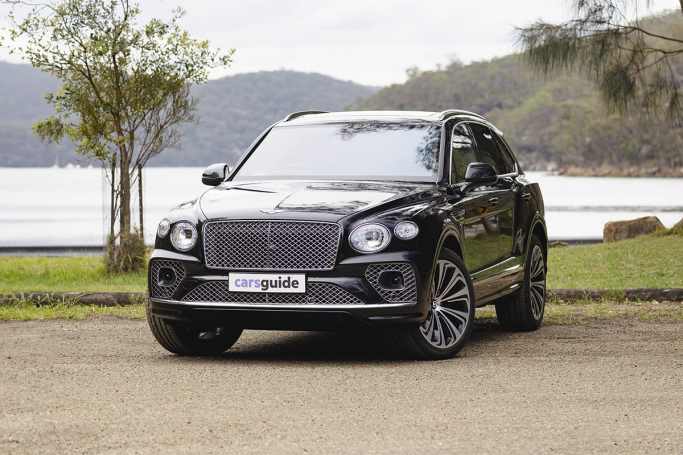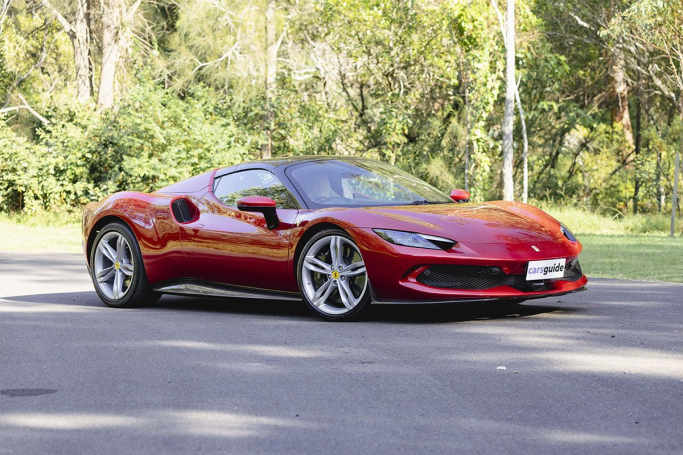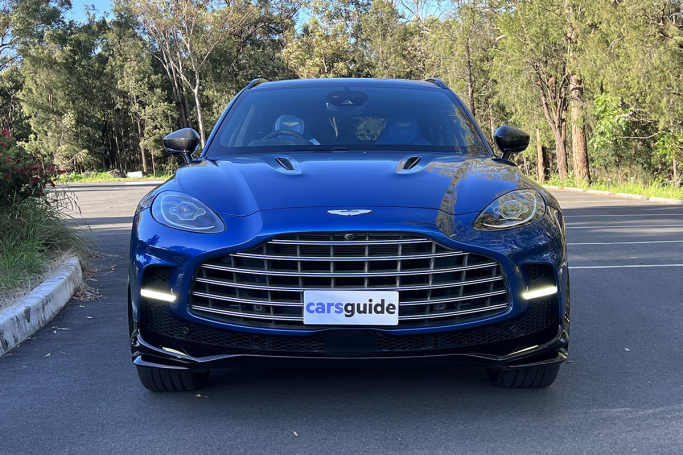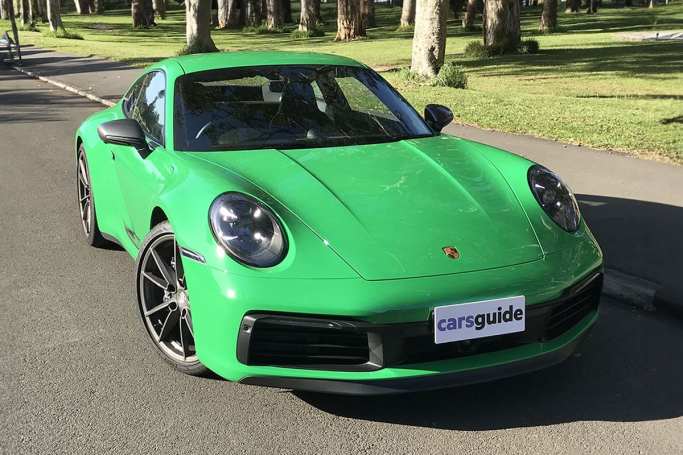
Are wheel spacers legal in Australia?
Are wheel spacers legal in Australia? No, wheel spacers are not legal in...
Browse over 9,000 car reviews

What is luxury car tax? Luxury Car Tax (LCT) is a tariff on new cars (those less than two years old) sold at a price that’s above a value threshold set by the Australian Tax Office (ATO), and it’s called a Luxury tax because theoretically it only applies to expensive cars at the luxurious end of the market.
The tax is paid by dealers who import or sell luxury cars and also by individuals who import luxury cars, with dealers generally passing on the cost of the tax to the buyer as part of a vehicle’s total price.
Introduced by the Federal Government on 1 July 2001, the LCT was implemented as a means to dissuade and limit Australians from buying imported prestige and exotic cars, encouraging them instead to purchase Australian-built cars from Holden, Ford and Toyota (back when such cars existed).
With Holden, the last domestic car manufacturer, closing in 2017, luxury car tax in Australia has become a hot topic of debate with a growing wave of support from industry peak bodies such as the Federal Chamber of Automotive Industries (FCAI), the Australian Automobile Association (AAA) and the Australian Automotive Dealer Association (AADA) lobbying to abolish the tax, asserting it's a redundant and unnecessary form of government charge.
According to the Australian Tax Office, people are required to pay LCT if they are registered or required to be registered for GST and importing or selling a luxury car. This covers retailers, wholesalers, manufacturers and other businesses that sell luxury cars.
LCT is also payable for individual private buyers importing a luxury car.
The ATO also says LCT applies to sales of cars that are two years old or less. A car is more than two years old at the time of supply if it was manufactured locally or imported more than two years previously.

LCT is charged at the rate of 33 per cent on the amount above the LCT threshold, which for the 2023-2024 financial year was $89,332 for fuel-efficient vehicles (classified as cars that have a combined fuel-consumption rating not exceeding 7.0 litres per 100 kilometres) and $76,950 for other vehicles.
So, for example, if your car cost $100,000 and used 10 litres per 100km, you would pay the 33 per cent tax on $23,050, meaning it would take the price of the vehicle to $107,606.
The rate was increased to 33 per cent from 25 per cent back in 2008, despite no Senate approval for the sizeable increase.
For more details and a handy Luxury Car Tax calculator, check out the ATO website.
Australia isn’t the only country where a hefty tax is added to luxury cars, but it’s one of the few.
Luxury vehicles in India can come with a GST of up to 50 per cent, in addition to a 15 per cent registration tax. If the vehicle is a completely built unit (meaning it has been imported), it attracts an import duty of 100 per cent.
In Norway, buyers pay a 25 per cent VAT (Value Added Tax) on the value of the vehicle as well as on the freight and insurance costs, plus greenhouse gas tax (these taxes have been either removed or heavily subsided for electric vehicles, leading to Norway having the largest fleet of plug-in EVs per capita in the world).
Indonesia, which usually adds a 10 to 30 per cent tax for luxury cars, is removing that tax from March to May of this year on sedans and two-wheel drive cars with engine power below 1500cc, to assist its struggling automotive industry.

While the death of local car manufacturers is key in the argument against luxury car tax in Australia, there’s also the question of why such a tax doesn’t apply to other luxury vehicles such as boats, helicopters and private jets.
And although there have been hopes the Australian Government would cut luxury car tax on EVs to encourage consumers to buy them, this has yet to occur.
An FCAI spokesperson previously told CarsGuide the LCT “won’t be addressed in the short term” considering the bleak financial state of the country thanks to the pandemic and the huge amount of revenue the tax generates for the government.
While there’s no specific luxury car tax in NSW or luxury car tax in Victoria or luxury car tax in ACT, there is a stamp duty charge that varies between each state and territory, with more expensive luxury vehicles often taking the biggest hits.
In 2019, Victoria introduced an additional seven per cent levy on vehicles priced between $100,000 and $150,000, and a nine per cent extra charge for vehicles above $150,000. Queensland has also added an extra two per cent stamp duty for vehicles over $100,000.

It’s not all bad news as there are some luxury car tax exemptions. According to the ATO, they are:
Where the recipient has quoted an ABN in the approved format.
Where the car was manufactured in Australia more than two years before the sale.
Where the car was imported more than two years before the sale.
To a car exported as a GST-free export.
To a car that is (or is intended to be) registered for use as an emergency vehicle.
To a motor home or campervan, or a commercial vehicle designed mainly for carrying goods and not passengers.
To modifications for people with a disability.
To the LCT value that LCT has already been paid on.
When an endorsed public institution (museum, gallery or library that is registered for GST and endorsed as a deductible gift recipient) either imports a car that is a work of art or collectors' piece for the sole purpose of public display or sells a car that was purchased as a work of art or collectors piece for the sole purpose of public display to another endorsed public institution that also intends to use that car solely for public display.
For anyone concerned about getting stung with LCT for a used car, fear not. As previously noted, LCT is only applied to eligible vehicles under two years old, and if the car is being sold for a second time, it will only attract LCT if it has increased in value. Unlikely, as cars depreciate in value over time.
If you’re wondering if luxury car tax is deductible, though, the sad answer is no. Regardless of how much you use the car in carrying on your business, you can’t claim tax credits for it.

In December 2023, the Federal Treasurer Jim Chalmers announced plans to change the definition of 'fuel-efficient vehicle' to vehicles that consume less than 3.5 litres per 100 kilometres.
That means from July 1, 2025 previously exempt vehicles, including some hybrids, will be hit with the tariffs.
This is despite many calls over the years to drop the tax completely. Don't get your hopes up any time soon for a Luxury Car Tax removal.
Comments